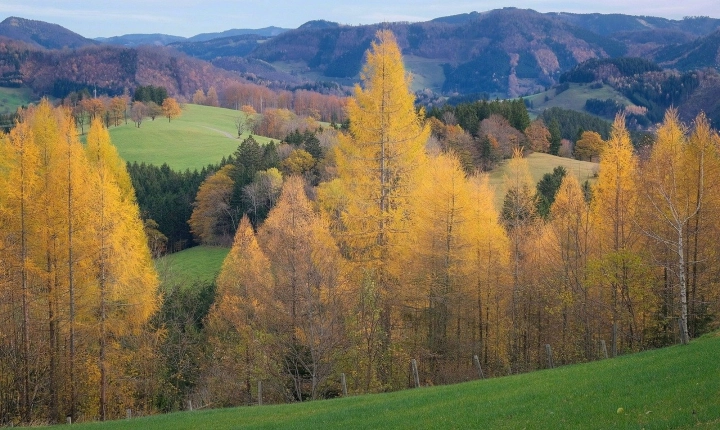AI (Artificial Intelligence) has become an increasingly prevalent technology in various fields, and the realm of digital photography is no exception. The integration of AI in cameras has revolutionized the way we capture and manipulate images, paving the way for a new era of photography. This article will delve into what AI in cameras is, its applications, advantages, and its impact on the photography industry.
AI in cameras refers to the incorporation of artificial intelligence algorithms and capabilities in the hardware and software of digital cameras. This technology enables cameras to analyze scenes, recognize subjects, and optimize settings in real-time, ultimately enhancing the quality and efficiency of image capture. AI in cameras can manifest in several ways, such as autofocus tracking, scene recognition, image enhancement, and computational photography.
One of the primary applications of AI in cameras is in autofocus systems. Traditional autofocus mechanisms may struggle to accurately track moving subjects or maintain focus in challenging lighting conditions. With AI-powered autofocus, cameras can intelligently predict the movement of subjects and adjust focus accordingly, resulting in sharper and more precise images, particularly in fast-paced environments such as sports and wildlife photography.
Furthermore, AI in cameras enables scene recognition, where the camera identifies the type of scene being photographed and optimizes its settings accordingly. For instance, when the camera detects a landscape, it can automatically adjust parameters such as exposure, white balance, and color saturation to best capture the scenery. This not only simplifies the shooting process for photographers but also ensures consistently high-quality results.
Another significant application of AI in cameras lies in image enhancement. Through a process known as computational photography, AI algorithms can analyze and process image data to enhance details, reduce noise, and improve overall image quality. This can be particularly useful in low-light conditions or when capturing high-contrast scenes, where AI algorithms can intelligently merge multiple exposures to produce a well-balanced image.
The incorporation of AI in cameras has brought about several advantages to photographers. Firstly, it has simplified the process of capturing high-quality images by automating certain aspects of the shooting process, allowing photographers to focus more on composition and creativity. Moreover, AI-enabled cameras can adapt to a variety of shooting scenarios, making them versatile tools for professionals and enthusiasts alike.
Additionally, AI in cameras has contributed to the democratization of photography by empowering novice users to achieve professional-looking results with minimal technical expertise. The automation and optimization enabled by AI technology have lowered the barrier to entry into photography, making it more accessible to a wider audience.
The impact of AI in cameras on the photography industry is substantial. As AI-powered cameras become more prevalent, the demand for traditional standalone image processing software and hardware may diminish, as the computational capabilities of cameras themselves continue to improve. Furthermore, the proliferation of AI in cameras has prompted a shift in the way photographers approach image capture, emphasizing a more intuitive and streamlined shooting experience.
In conclusion, AI in cameras represents a significant technological advancement that has redefined the landscape of digital photography. Its ability to enhance autofocus performance, recognize scenes, and improve image quality has made photography more accessible and streamlined for both professionals and hobbyists. As AI technology continues to evolve, it is poised to further revolutionize the way we capture and engage with visual content.
